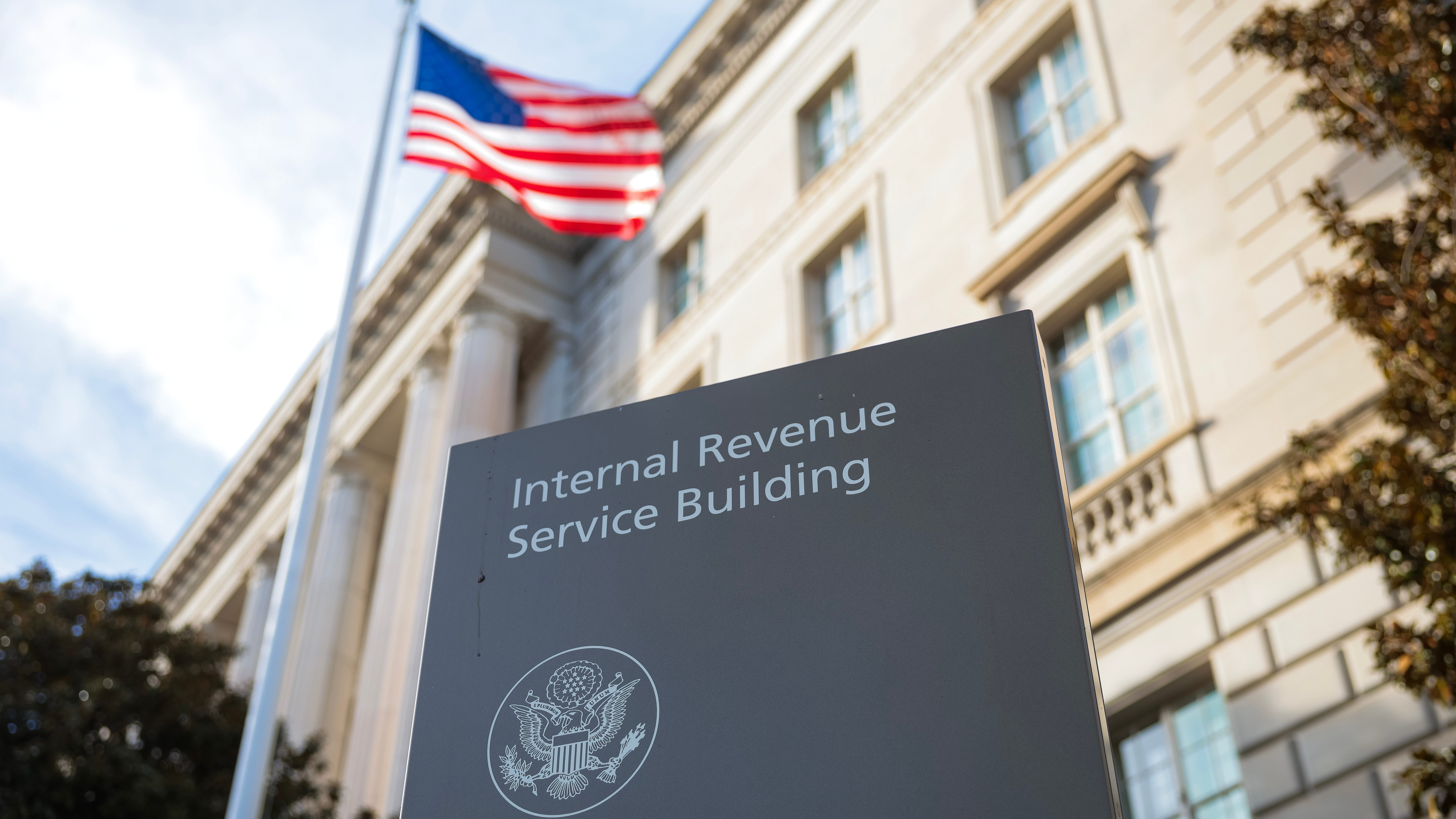Pushing the envelope: As Trump plans postal shakeup, a look at USPS' humble history

As President Donald Trump's plans to shake up federal agencies extends to the United States Postal Service, some worry about what might happen to a service with roots as old as our nation's.
Trump said last week that he's considering merging the USPS, now an independent agency, into the Commerce Department − and bringing it under the authority of the Executive Branch, led by the president.
"We want to have a post office that works well and doesn't lose massive amounts of money. And we're thinking about doing that," Trump said.
The president told reporters Friday that he was considering "a form of a merger." In December, before he took office for a second term, Trump talked about the possibility of taking the Postal Service private.
According to Pew Research Centers, the USPS is among the most popular federal agencies: 75% of Americans have a favorable view of it. Only the National Park Service, at 76%, fared better.
But Trump has long been critical of the USPS, which employs more then 530,000 people and serves 163 million addresses nationwide. Much of Trump's criticism stems from its lack of profitability; it's lost a total of $100 billion since 2007.
Here's a quick look at the USPS and its place in our national story.
Have a drink, drop a letter: The first post office
The nation's first post office was designated long before we were a nation: On Nov. 6, 1639, the Massachusetts General Court named a Boston tavern owned by Richard Fairbanks as a post office for letters coming into and going out of the colony to posts overseas, according to the Smithsonian's National Postal Museum.
Fairbanks, charged with "preventing the miscarriaige of letters" and to "take care that they be delivered or sent according to their directions," was allocated one penny for each letter. He kept the post office in his tavern until his 1667 death.
Ben Franklin: Founding father, first postmaster general
As the American colonies and the British government headed toward a violent rift, Benjamin Franklin, who had a long career as a printer, newspaper publisher and postmaster in Philadelphia, was named in 1775 as the postmaster general by the First Continental Congress.
Franklin, of course, would later be among the men who'd draft and sign the Declaration of Independence. He relinquished the role of postmaster general in 1776 to his son-in-law, Richard Bache.
The first postage stamps
Until 1847, people would take correspondence to the post office, where the postmaster would mark the postage in the upper right corner. Rates were based on the number of sheets used and the distance it would travel. The sender could pay in advance or the recipient could pay upon delivery, or the cost could be split.
But in 1847, Congress authorized the use of postage stamps; the first ones went on sale in New York City on July 1. A 5-cent stamp had the image of Ben Franklin; a 10-cent stamp bore George Washington's likeness. In 1856, a new 5-cent stamp with Thomas Jefferson on it entered circulation, and in 1863, a 2-cent stamp debuted featuring Andrew Jackson.
State the street
In 1863, Congress established free city delivery at post offices where income from local postage was enough to pay for it. This marked the first time Americans had to use street addresses for their mail. Free home delivery started in cities, then expanded to rural areas. Letter carriers became a familiar fixture in neighborhoods nationwide.
Notable firsts
Martha Washington was the first American woman to have her image on a postage stamp (1902). (Queen Isabella of Spain was the first woman to appear on a U.S. postage stamp, in 1893.)
Pocahontas was the first Native American to be honored with a postage stamp (1907).
The first Black person on a stamp was activist and educator Booker T. Washington (1940).
ZIP codes and a hybrid structure
After World War II, a burgeoning and booming U.S. needed its Postal Service's services more than ever. With revenue insufficient to keep up with spending, the U.S. Postal Service was losing money. Congress changed the department's structure in 1970 to a government-business hybrid, according to Smithsonian Magazine. The USPS has received no tax dollars since 1982 but remains under congressional oversight − at least for now.